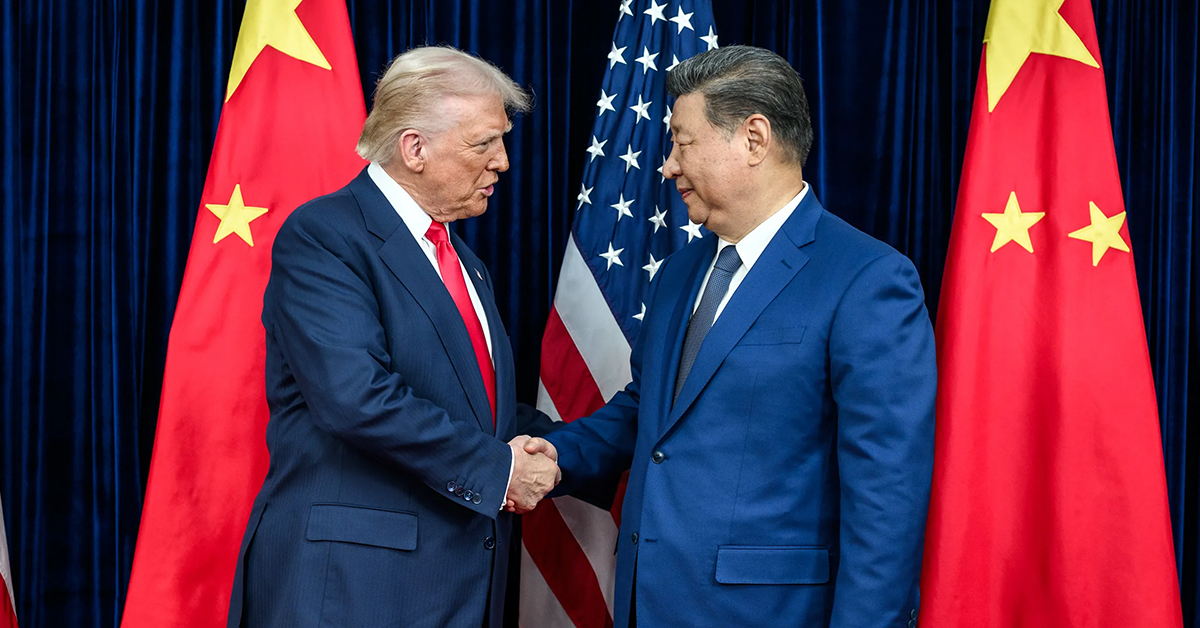A trade deal announced October 30 between the United States and China followed a high-stakes meeting between President Donald Trump and Chinese leader Xi Jinping in the Korean city of Busan.
The deal covered fentanyl, TikTok and rare earth elements. Trump cut fentanyl-related punitive tariffs to 10 percent, bringing the overall average tariff rate on Chinese goods to 47 percent from 57 percent. The deal, according to Beijing, included a U.S. promise to delay by a year a new measure to prevent thousands of Chinese firms from receiving U.S. technology if they are part-owned by a sanctioned company.
For the agriculture and barge industries, however, the item of greatest immediate interest was China’s commitment to buy more U.S. soybeans. Until this year, China has been the single biggest buyer of U.S. soybeans but has not purchased any since May due to simmering trade and tariff tensions between the two countries. U.S. producers have been increasingly vocal about their concerns to the administration.
In the run-up to the trade summit, China bought three shiploads of soybeans, or about 180,000 tons, as a goodwill gesture. U.S. news sources quoted Treasury Secretary Scott Bessent as saying China has made a commitment to resume soybean purchases from American farmers, allegedly for 12 million metric tons this year and at least 25 million in the following three years. If those figures hold, it would restore the previous status quo.
However, at this writing those figures have not yet been confirmed by Chinese media. Mike Steenhoek, executive director of the Soy Transportation Coalition, told The Waterways Journal, that during the negotiations between the U.S. and China, the coalition’s focus has specifically been on four areas. First, will soybeans be included in any agreement? Second, will a sizable and specific volume of soybean purchases be agreed to? A third question is, what will be the timing of those purchases? For soybean farmers, the sooner, the better. Finally, will any agreement be enforceable?
“That’s the difference between an agreement being a simple intention versus a tangible outcome,” Steenhoek said.
Featured image caption: President Donald Trump and Chinese President Xi Jinping shake hands during a bilateral meeting in South Korea October 30. (White House photo)




